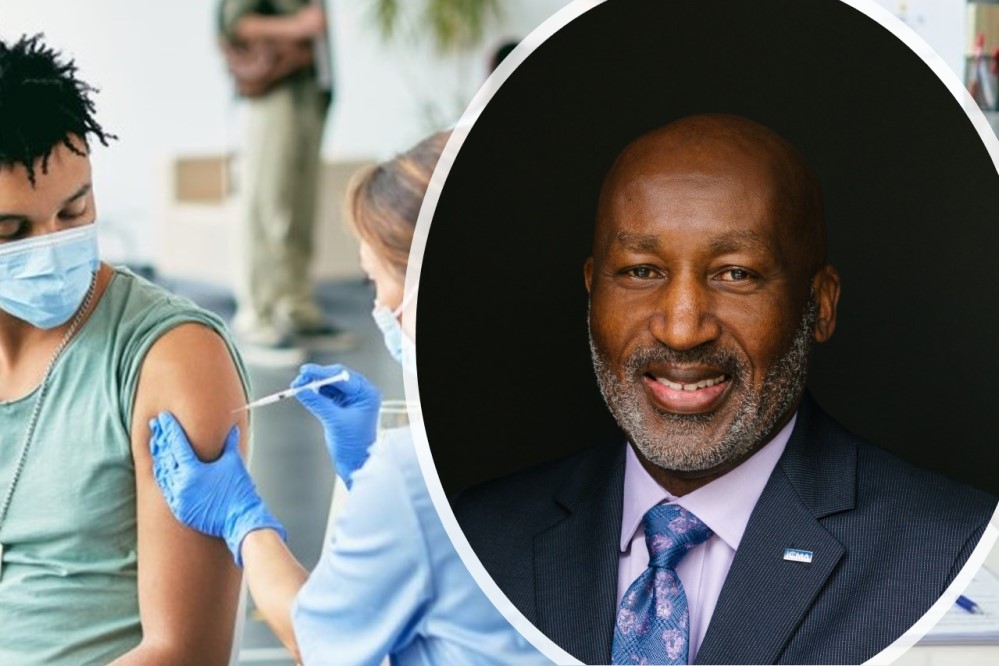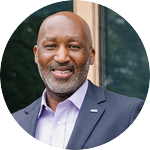
The topic for this month’s PM is gnarly issues and our contributors have done a great job of addressing some of the most “wicked” of these, especially in the wake of a global pandemic. But I thought I would turn that around a bit and focus on what I think of as a kind of rebirth that I am seeing in cities, counties, and towns all over the world.
We are reacquainting ourselves with what it means to be alive right now, finally seeing the light shining at the end of this long, dark tunnel of the past 18 months. We are taking a breath and looking at what is new and what has changed—what new opportunities have arisen in sometimes totally unexpected ways. In fact, the theme of the 2021 ICMA Annual Conference in October is “Restart.”
New Ways of Working
We have found new ways of working together and that indeed we can work together even if we are not physically in the same room or even in the same part of the world. Leveraging new and existing technology has enabled teams to become more agile and collaborative, which led to whole new ways of working. Our staffs have found healthier approaches to the age-old issues of work/life balance that might never have occurred had we not been thrown into the need to quarantine. As local governments head back to a physical office, it has become possible to offer flexible work for many positions, a perk that can better attract the best and brightest to public service.
The pandemic has brought a new appreciation for the people who perform frontline jobs; jobs that have been historically undervalued. In many cases, we saw that our very survival depended on the dedication of these workers to show up for their shifts. We are finding new ways of treating the people better who occupy these jobs through compensation, benefits, and heartfelt appreciation.
Building Back Better
In the early days of the COVID crisis, I connected with Richard Florida, renowned author and urbanist, to help advise our members and other local government leaders around the world on how we could plan, in the midst of responding and reacting, for the future. He asked a provocative question: Will we take the opportunity of this period to build better, more inclusive, healthier, and sustainable communities? It is exciting to see how many of you are answering that question and creating new models from the ashes of the old. Here are a few examples:
Racial equity and social justice: There has been more energy and focus on racial equity and social justice than ever before. The discussions are far different and on so many more levels than what we have experienced in the past. I am excited about the prospect of the world setting aside trivial racial distinctions and finally just seeing people as people—and tapping the potential of all people.
Policing: Communities are reimagining the role of police and law enforcement by exploring our fundamental intent for policing. City and county managers are playing a leadership role in these discussions and looking at how our departments evolved via incremental decisions into what they are today. Collaborative approaches, which include police officers as well as members of the community, are leading to innovations in providing the protection that residents desire while safeguarding the constitutional rights of everyone. There are two great features on this topic in this issue of PM: "Rethinking Police-Community Relations" and "A Community-Driven Approach to Police Reform."
Connectivity: Driven by the need to support families in crisis, communities found ways of bridging the digital divide by offering free hotspots that could be checked out of the library, enabling parking lots with Wi-Fi, and more. The problem of providing access to rural citizens is far from solved, but the advances borne from the crisis are laying the foundation for a lasting solution.
Economy and infrastructure: Some of the strategies you used to support small business and attract residents back to central business areas have staying power, with more outdoor gathering spaces, outdoor dining and shopping, expanded bike lanes, and more.
Civic engagement: Examples of how communities leverage volunteers and the spirit of public service during the crisis and beyond—from scheduling and administering vaccines to making facemasks—provide an excellent model for future civic engagement. I encourage you to look at all the leading practices that have been chronicled by our outstanding COVID response team.
Leaders have always been responsible for creating an environment where staff members can bring their knowledge, skills, and creativity to their jobs each day. As this period of rebirth unfolds, we can lead from the edge of our seats to create a revitalized workplace that fosters agile, team-based approaches and allows individuals to leverage data and technology in new and exciting ways. The possibilities for true breakthrough innovations exist across every aspect of local government operations. We can accelerate the pace of these breakthroughs by collaborating with our colleagues around the world, and there’s no better place to do that than at the 2021 ICMA Annual Conference—a chance to Restart and Reimagine. I hope to see you there!

MARC OTT is executive director of ICMA, Washington, D.C.
New, Reduced Membership Dues
A new, reduced dues rate is available for CAOs/ACAOs, along with additional discounts for those in smaller communities, has been implemented. Learn more and be sure to join or renew today!
